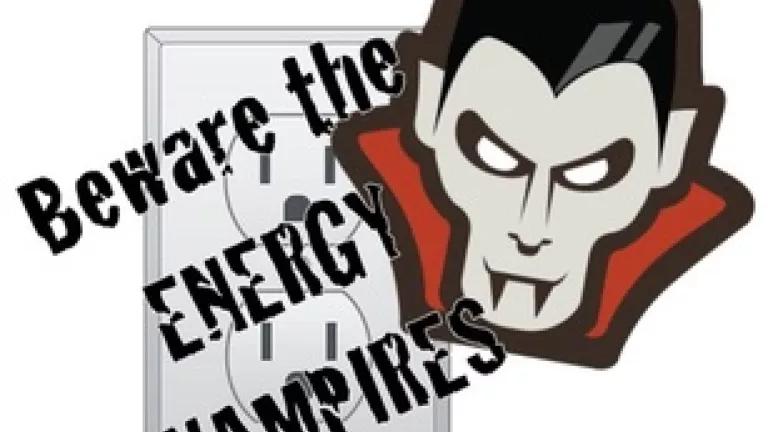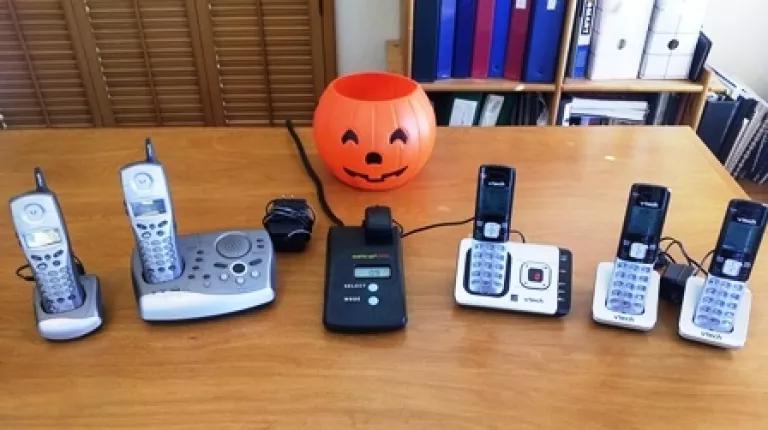
I killed another vampire in my home this weekend. I am talking about energy vampires. And my latest victim is my 9-year old cordless phone system. I was fed up with having to replace the rechargeable batteries every 3-4 months, so I decided to buy a new phone instead of yet another set of AAA batteries.
I love to post my (energy) vampire hunting trophies on Facebook, but needed to first check whether the new phone really consumed less energy than the old one. So it was with high hopes that I hooked up each phone in turn to my power meter… The results: 1.1 watt instead of 6.6 watts for the base unit, and 0.85 watt instead of 2.2 watts for the extra handsets. A 78 percent reduction overall, GOTCHA VAMPIRE!!!

That adds up to 60 kilowatt-hours annually, or 9 bucks. Not quite enough to retire on, but if the product lasts 10 years, that’s $90 over its lifetime, enough to pay for a nice replacement phone next time round!
And if half the households in California get similar savings by replacing an old inefficient cordless phone with an efficient one over the next 10 years, this will avoid the equivalent output of a 75 megawatt power plant, and its associated air and climate pollution. That’s a big deal because nobody wants a polluting power plant in their backyard.
By the way, I only paid $59.99 for my new phone with three handsets. I can’t remember exactly how much the old phone system cost, but I would wager that it was significantly more, despite the fact that the new model has one more handset!
Why is the new phone so much more efficient?
California set minimum efficiency standards for consumer products with rechargeable batteries earlier this year, and Oregon followed suit with their standards coming into effect early next year. Covered products include mobile electronic devices like cell phones and tablets, power tools like cordless drills, personal care products like electric shavers, and of course… cordless phones. All these rechargeable products sold in California must now meet minimum energy efficiency requirements that vary depending on their battery capacity.
The results are striking: the new products are now designed with energy efficiency in mind, sipping energy rather than gulping it like a vampire. This not only results in less energy waste, it also reduces battery waste: my old phone kept overcharging the batteries (they were always warm). In order to meet the California standards, new products must use “smart charging” strategies, reducing the charge to a trickle when the batteries are full, just enough to maintain the batteries fully charged. This doesn’t just save energy, it makes the batteries last longer, at least one year according to the manufacturer — three to four times longer than with my old phone.
This will also save:
- Money for me in lower battery costs;
- The planet’s natural resources from reduced battery manufacturing; and
- Some electronic waste from entering our environment.
So when you’re next on the market for a new cordless phone, and if you live in California or Oregon, rest assured that whichever phone you choose will not waste your energy and money thanks to those states’ efficiency standards. If you live in other states, it will depend on whether the U.S. Department of Energy adopts similar standards to California’s later this year. Let’s hope they do!
And we need more standards like this for other products; standards are the easiest way to save money and energy while getting a better product! The California Energy Commission is currently considering whether to set standards for 15 new products. That could mean lots more (energy) vampire trophies for me – and you!
